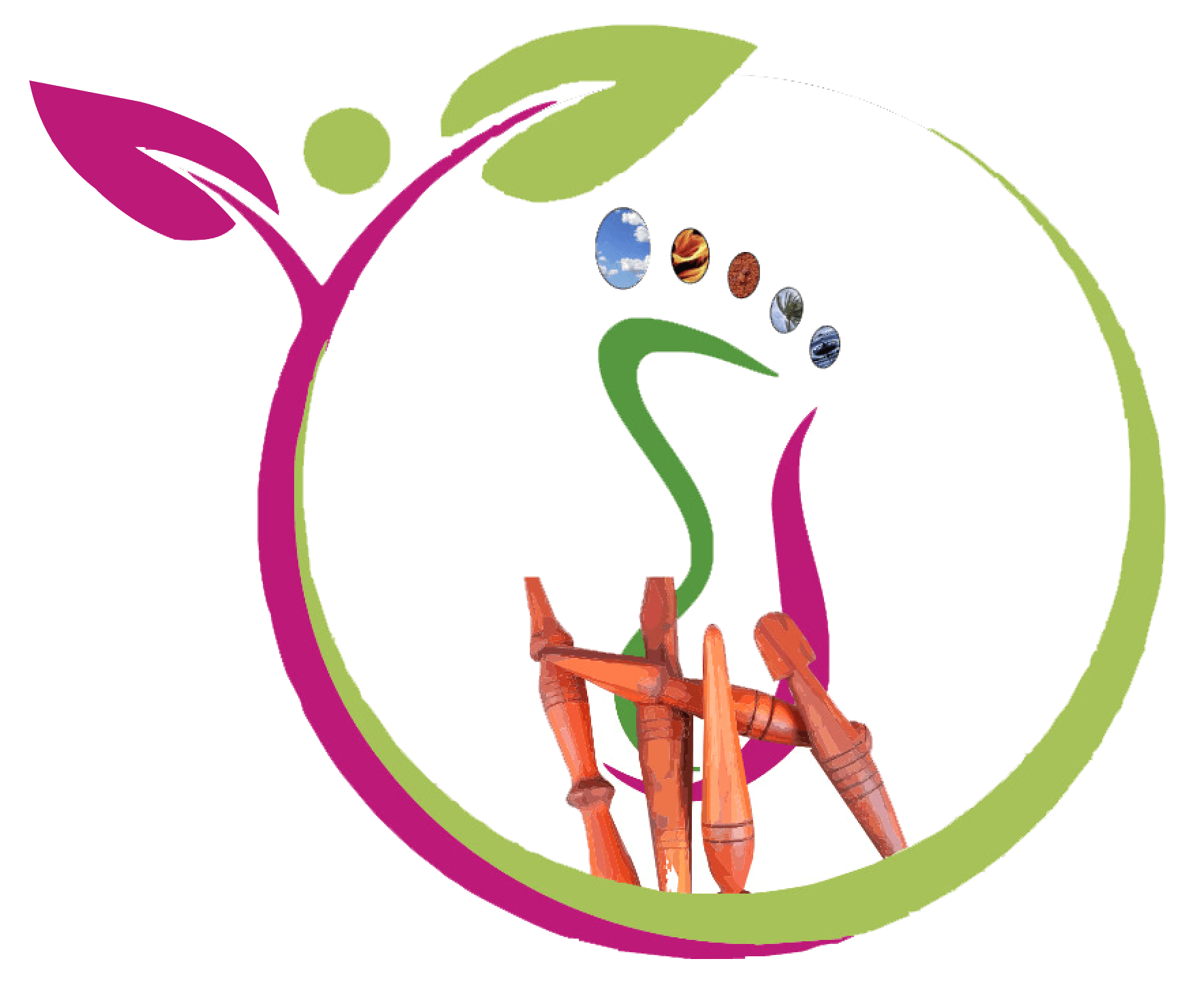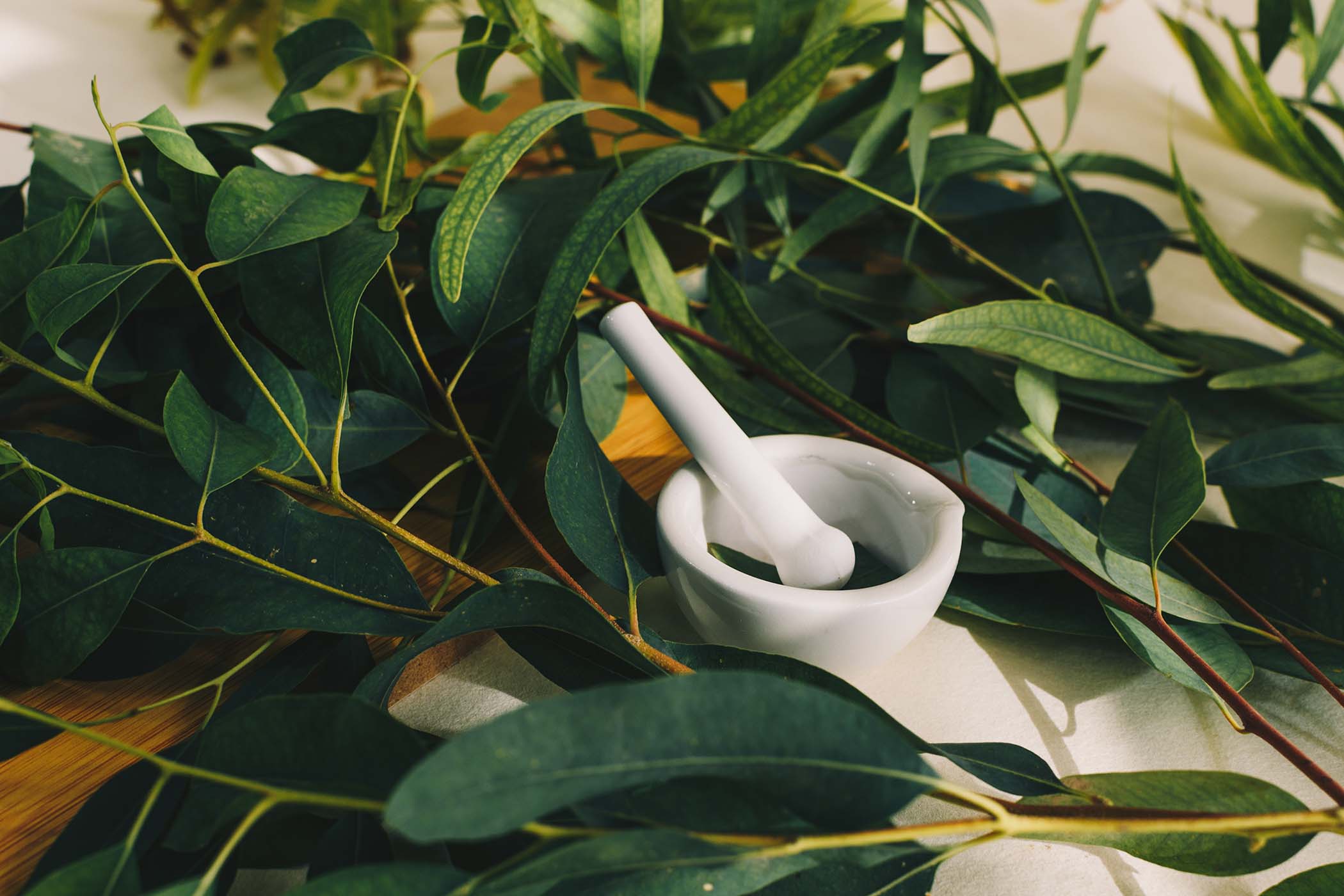In the fast-paced world we live in, finding moments of tranquility and nurturing for both the mind and body can feel like a challenge. Enter Abhyanga, an ancient Ayurvedic practice of self-massage that not only relaxes the muscles but also rejuvenates the entire being. With its roots in Ayurveda, a 5,000-year-old system of natural healing from India, Abhyanga provides an opportunity to connect with yourself, slow down, and unlock the body’s natural healing capabilities. In this blog, we’ll explore the profound benefits of Abhyanga, its techniques, and tips for incorporating this ritual into your daily life.
What Is Abhyanga?
Abhyanga is a form of warm oil massage that is traditionally done daily, often by oneself. The word “Abhyanga” comes from the Sanskrit language, meaning “to anoint” or “to rub,” and it involves applying warm oil to the entire body, from head to toe, in gentle, rhythmic strokes. The massage is designed to nourish the skin, improve circulation, calm the nervous system, and balance the doshas—the fundamental energies in Ayurveda (Vata, Pitta, and Kapha).
Benefits of Abhyanga
The consistent practice of Abhyanga offers a wide range of health benefits, both physical and emotional. Here’s what you can expect from making Abhyanga a part of your wellness routine:
- Deep Relaxation and Stress Relief: The rhythmic strokes of the massage calm the mind and soothe the nervous system, helping to reduce stress, anxiety, and tension.
- Enhanced Circulation and Detoxification: By massaging the skin and muscles, Abhyanga improves blood flow, aids in lymphatic drainage, and supports the removal of toxins from the body.
- Improved Skin Health: The oils used in Abhyanga, such as sesame or coconut oil, deeply moisturize the skin, leaving it soft, radiant, and supple. Over time, it can improve skin elasticity and help prevent dryness.
- Balances the Doshas: Each dosha (Vata, Pitta, Kapha) has specific needs, and Abhyanga can be customized with different oils and techniques to balance your unique constitution.
- Joint Health and Muscle Strength: The practice helps lubricate the joints, reducing stiffness and improving flexibility. It also tones the muscles and can alleviate body aches and pains.
- Better Sleep: Regular Abhyanga can promote restful sleep by calming the mind and reducing physical and mental tension.
Choosing the Right Oil for Your Dosha
In Ayurveda, the type of oil used for Abhyanga is just as important as the massage itself. Different oils are chosen based on an individual’s dominant dosha or imbalance. Here’s a guide to help you select the right oil for your constitution:
- Vata (Air and Ether): Vata types are prone to dryness, coldness, and sensitivity. To balance this dosha, use warming and nourishing oils like sesame oil or almond oil. These oils help ground and soothe the nervous system while hydrating the skin.
- Pitta (Fire and Water): Pitta types tend to run hot and may experience inflammation or irritability. Cooling oils like coconut oil or sunflower oil are best for balancing Pitta, as they reduce heat and calm the skin.
- Kapha (Earth and Water): Kapha types often have slower metabolisms and oily, thick skin. Use light, warming oils like mustard oil or jojoba oil to stimulate circulation and reduce sluggishness.
How to Perform Abhyanga: Step-by-Step Guide
Abhyanga can easily be done in the comfort of your home. Here’s a simple guide to get you started:
- Prepare Your Space: Choose a quiet, warm room where you won’t be disturbed. Lay out towels to avoid oil spills. You may want to play soft, relaxing music to create a serene atmosphere.
- Warm the Oil: Pour about 1/4 to 1/2 cup of oil into a small bowl and gently heat it. The oil should be warm, not hot, so that it feels soothing when applied to the skin.
- Apply the Oil to Your Body: Begin by massaging the oil into your scalp and work your way down to your feet. Use long, flowing strokes on the limbs and circular motions on the joints, chest, and stomach. Be sure to apply extra oil to areas that feel tense or sore.
- Massage with Intention: Take your time with each part of your body, moving slowly and mindfully. Allow the oil to sink into the skin and use moderate pressure. The goal is to nurture and relax your body, so focus on how it feels rather than rushing through the process.
- Rest and Absorb: After finishing the massage, let the oil sit on your skin for 15-30 minutes. This gives your body time to absorb the oil’s nutrients fully. You can meditate or just relax during this time.
- Rinse Off: Finish with a warm shower to rinse off the oil. Avoid using too much soap, as it can strip away the oil’s benefits. Pat your skin dry gently with a towel.
Tips for a Transformative Abhyanga Practice
- Make It a Routine: Abhyanga can be done daily or a few times a week for maximum benefit. Integrating it into your morning or evening routine can provide a sense of grounding and stability.
- Tailor to the Season: In Ayurveda, it’s recommended to adjust your oil and technique according to the season. For example, in colder months, use heavier oils like sesame oil, while in warmer months, lighter oils such as coconut are preferred.
- Listen to Your Body: Your body will tell you what it needs. Some days, you may feel like you need more pressure or longer strokes in certain areas. Always adjust the technique based on how you feel.
- Create a Mindful Experience: Treat Abhyanga as more than a chore. Focus on connecting with your body, breathing deeply, and practicing gratitude as you nurture yourself.
Conclusion
Abhyanga is more than a physical act; it is a sacred ritual that helps you reconnect with your body, calm the mind, and heal from within. By integrating this powerful Ayurvedic practice into your life, you can experience a profound transformation in your health, energy, and emotional well-being. Embrace the healing touch of Abhyanga and embark on a journey to deep relaxation, balance, and vitality.



